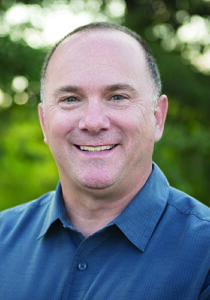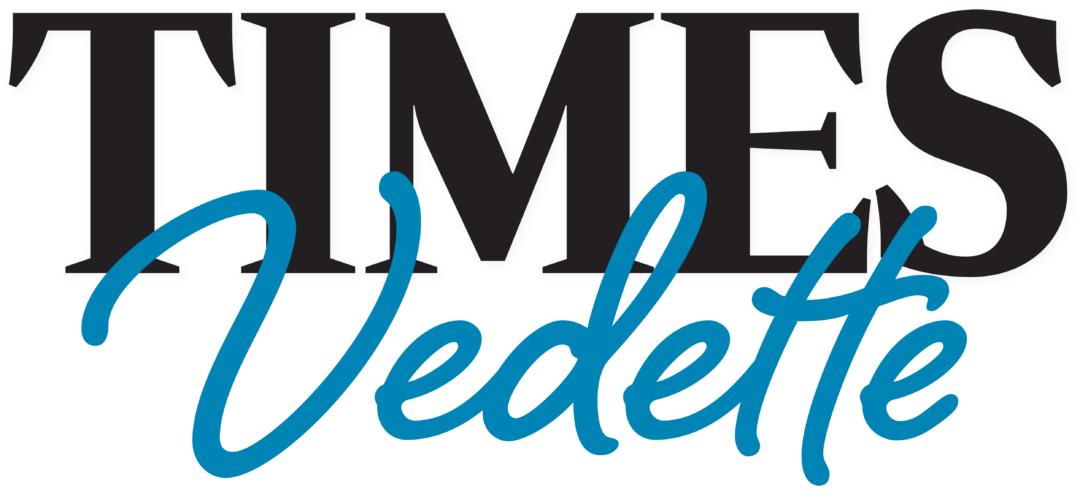Conversations on concerts

Do you ever find yourself in awkward situations with groups of people when the conversation is going absolutely nowhere? You are not alone, but I have a possible solution. Break the ice with a discussion about concerts you have attended. Try these questions out next time you find yourself in an uneasy conversation. You will be amazed how quickly people will jump in — and how much you can learn about them.
What was the first concert you ever saw? It is amazing how quickly people answer this one. Mine was The Grass Roots at Adventureland Park sometime in the late 1970s with my family. I recognized this music from my older sister that I heard around the house growing up, and I loved it.
What was the last concert you saw? The answer may prove to be tougher, except for those who attended a show in recent months. Aside from local bands at community festivals, the last concert I saw was probably Jackson Browne. He was so simple yet so amazing.
What was the worst concert you have ever seen? People don’t seem to hesitate when answering this one, as the answer is usually related to the performers being under the influence of something. Mine was a different story. Jolene and I saw the band Kansas perform after an Iowa Cubs game sometime in the 1990s. We attended with another couple, and we tried to name Kansas songs on our drive to the stadium. “Dust in the Wind.” “Point of Know Return.” “Carry on Wayward Son.” And… it became difficult after those three. Even so, we were looking forward to hearing those songs. What we didn’t expect — and what made it my worst concert ever — were the 20-minute instrumentals in each and every song. Painful.
What was the best concert you have ever seen? This is another easy answer for most people, and the responses quite often offer insight into the interests of the folks you are with. I took my mother to see Alan Jackson play at Wells Fargo Arena a decade or so ago. We were seated on the floor in the first 10 rows, and we felt like we were in the Jackson living room. He is an incredible performer, yet so humble and sincere. We were entertained for an evening by a series of recognizable songs by one of the industry’s greatest. A close second for me was Barry Manilow. Yes, Barry Manilow. My friend Clint and I bought group tickets for a Wells Fargo Arena suite at a fundraising auction. The trick proved to be in finding anyone else to go with us. But we did, and the concert was truly amazing with another series of sing-along songs from a true entertainer.
So, give these questions a try next time you are in a group setting and struggling for interesting conversation. You will find common ground and learn new things from people you think you hardly knew — and you might learn a little something about yourself, too.
Have a fantastic Friday, and thanks for reading.
Shane Goodman
Editor and Publisher
Times Vedette digital editions
shane@gctimesnews.com
641-755-2115
